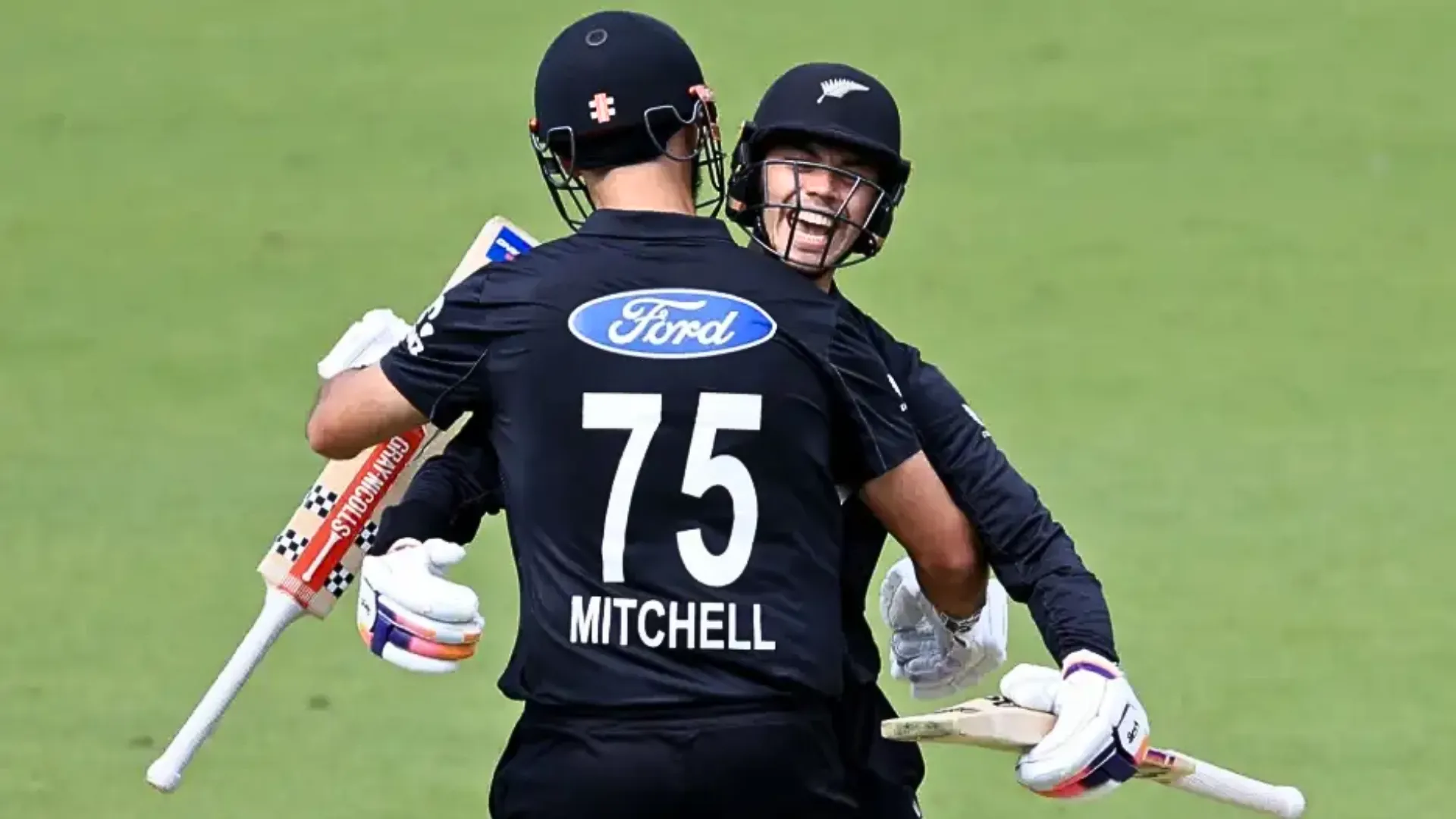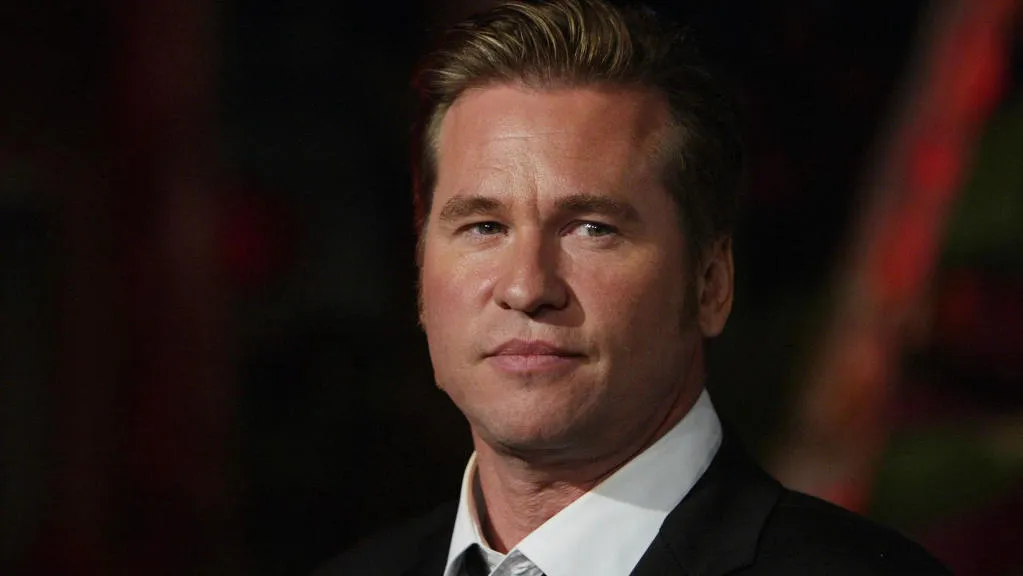Buying a used motorcycle is always risky. Even if you buy a used motorcycle from a dealer, you are not immune from trouble during its further operation. The likelihood of a successful transaction increases if you pay attention to the study of the history of the motorcycle. We will tell you how to buy a motorcycle, and where to check its history.
Recommendations for choosing a motorcycle
Firstly, check the age and mileage of the motorcycle. The average motorcyclist rides about 10 thousand kilometers per season. Therefore, if you, for example, are considering buying a three-year-old bike, then it will have a range of 20-30 thousand kilometers.
A motorcycle with a service life of 10 years or more can be safely considered a contender for purchase. Motorcycles with solid experience include units that are 20 or more years old. True, there are exceptions in this case. Sometimes owners treat their two-wheeled “friends” with great love: they leave infrequently, regularly carry out inspections and preventive measures, use dry rooms for storage, etc.
Therefore, even a 20-year-old bike can be in perfect condition. At the same time, do not forget that after the motorcycle is discontinued, the manufacturer continues to support it with spare parts for another 10 years. The condition of the seats and burnt plastic (for example, the engine shutdown button, which turns pale pink) can tell about the real age of the motorcycle. It takes a long time for them to look unsightly.
Be sure to check the motorcycle part numbers. For most of them, the VIN is located on the steering column around \u200b\u200bthe right fork leg. If you have the opportunity to inspect the number yourself, make sure that there are no traces of etching and welding on it – possible signs of “interrupting” the number. The engine number must also match the number specified in the TCP. Otherwise, it can be assumed that it was replaced due to a breakdown or accident.
Fall marks are an important criterion. Evidence may be worn crankcase covers, and bumps on the exhaust pipes, steps, and arcs. This can happen at low speeds or the impact can be more severe, resulting in the fork or frame distortion.
By the way, tuning can also be evidence of serious troubles with a motorcycle in the past. For example, a plug from another motorcycle model or a headlight with turn signals. This is not always evidence of collisions and falls, but it is still worth considering.
Close attention should be paid to the engine. The price of the bike depends on its condition and resources, so in this case, you definitely have no right to make a mistake. Very often, bikes are sold on the secondary market, in which the engine “knocked”. In this case, the oil is poured thicker and the device is sold.
How to buy a used motorcycle if you are not a specialist or buy a motorcycle on online platforms? In this case, the analysis is possible only because of indirect signs of the condition of the bike: age, mileage, and maintenance history. In other situations, you need to check the unit at the service station, measure the compression and entrust the assessment to an experienced mechanic.
How to Check Motorcycle History
A mandatory step when buying a bike is to check the motorcycle by VIN code. This is a 17-character unique identifier that allows you to get a report containing the following information:
- frame number;
- information about the manufacturer;
- year of manufacture of the motorcycle;
- a country;
- facts of participation in road accidents (allow to reveal hidden damages and defects);
- restrictions on an operation (collateral, loan not paid, etc.);
- registration history;
- maintenance, repairs, etc.
The VIN is located on the steering column. Previously, a number on the frame was used to identify and protect the vehicle.
Is it possible to do this without checking the VIN
Any recommendations on how to buy a used motorcycle will be ineffective if you do not pay attention to studying his “biography”. A used motorcycle can have a long history that even the seller is not always aware of. The real history of operation is stored only by databases of special services for checking VIN, which, in turn, draw information from numerous sources: government and commercial.
The facts of participation in an accident will tell you where to look for hidden damage that the seller will not tell you about. The same can be said about the restrictions on operation, which will help to avoid large material costs in the future.























